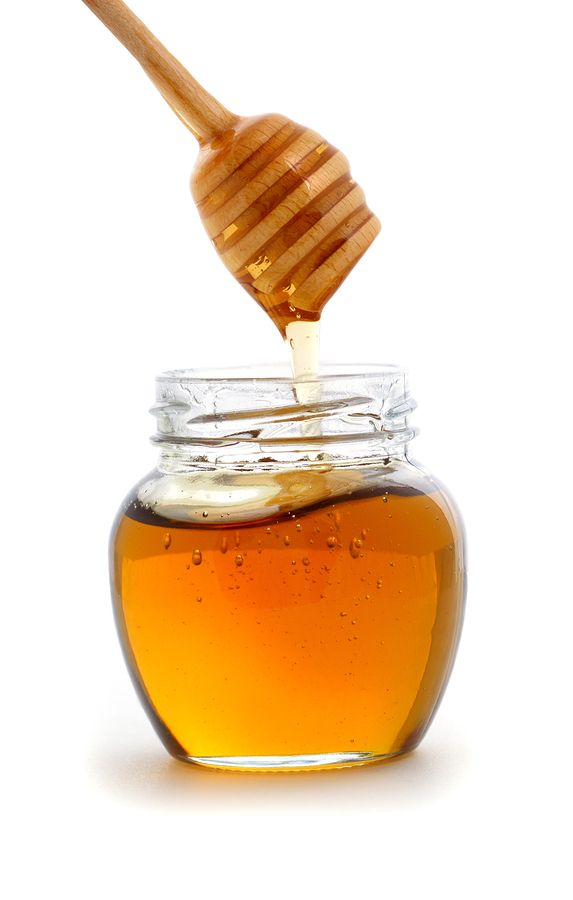The popularity of honey is likely attributed to its many benefits. Honey fanatics claim that honey can help with sleep, digestion, preventing cold and flu illnesses, weight loss, and even acne or skin blemishes. If you’re interested in importing honey, it looks like the demand for it won’t slow any time soon. There’s a wealth of information out there. Check out all we found on the sweet and sticky delight. Take a few minutes to browse this how-to guide and you’ll be in the business. You may be aware of the various reports that have circulated relating to honey fraud and tainted honey being imported into the U.S, as with Chinese transshipped honey that might contain harmful substances. There are a few measures you can take to ensure you’re importing quality honey. Your most important decision in this process will be choosing a reliable and trustworthy supplier. You want to choose someone you’ll feel comfortable doing long-term business with. Because of the possibility for tainted products, you’ll want to ask your supplier some specific questions to make sure they’re legitimate and using the best practices. Find out how the honey was harvested and where the beekeepers are located. The source of the honey is important. If you’re not able to verify where exactly it’s coming from, we recommend purchasing it elsewhere. There are a few different ways to locate honey suppliers. Internet research will give you a glimpse into the many options for suppliers in the global marketplace. Because of the widely spread honey importing schemes, we recommend a site like ImportGenius.com. This is a searchable web application with information directly from U.S. customs. You’ll be able to look at shipments for all U.S. suppliers and see who else they manufacture for. You can easily search by product, country of origin, supplier or consignee and view the supply chain. This is also a good tool for getting information on who your competitors are working with. A quick search for honey in the product category shows that ‘ARATAKI HONEY’ shipped to ‘PACIFIC RESOURCES INTL’. A quick look at the visual map shows Pacific Resources Intl. also received shipments from ‘HONEY NEW ZEALAND’ and ‘NELSON HONEY’. You’ll have easy access to contact information for the companies in the Import Genius database so you can connect with potential suppliers to begin making arrangements. After deciding on your supplier, you’ll place your order and establish payment terms. Most importers prefer to issue a down payment. You’ll pay about 20-30% of the order and when the honey is ready to ship, you’ll pay the rest. There’s also a letter of credit you can obtain from your banking institution. This will take you some time and paperwork, but you won’t have to submit any payment for the goods until your supplier has met their end of the deal. At this point you’ll want to connect with your customs broker so they can prepare for the shipment to arrive at the port. Your broker will make sure you’re in compliance with federal regulations and will also compile all the documentation required for customs clearance. In most cases, your broker hands over the commercial invoice, packing list, certificate of origin, and the bill of lading. If anything else is needed your broker can handle it on your behalf. Your broker will also help to secure freight and drayage companies to transport the honey to your warehouse. Investing in a good customs broker is just as important as working with a consistent supplier. Check out USCustomsBrokers.org to view brokers and also read up on reviews. As long as you do your research, the importing process should be as smooth as the honey you receive!
How to Import Honey
